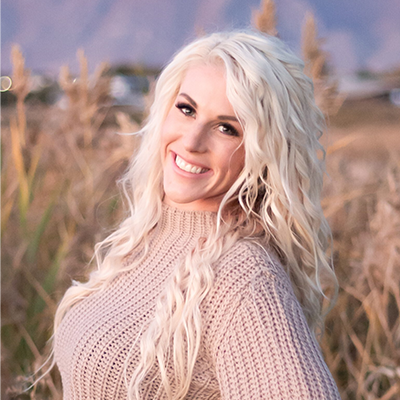Livestock producers expect to bring a certain amount and quality level of products to market in any given year, and production risks are things that can change the amount and quality of the products delivered. Although many risks may seem out of your control, such as weather, pests, and livestock disease, good management practices can help you mitigate risks.
This guide, assembled by Redd Summit Advisors, is the first in a five-part series aimed at helping you identify your unique risks as a cattle producer and formulate strategies to operate a successful operation from year to year in order to bring quality products to the markets. Read on for more details and bookmark our blog to stay informed.
Evaluating Your Ranch Operation’s Production Risk
The first place to start understanding your production risk is evaluating how your current production metrics measure up to industry standards for your type of livestock operation. Ask yourself these questions:
- What is the average pregnancy rate of your herd?
- What is the weaning rate of your herd?
- If you retain ownership of your herd to slaughter or you’re a finishing operation, how do your cattle grade compared to others?
Once you’ve come up with some answers, you can start making management decisions to help improve your operation.

Management Practices and Risk Management Products (Like PRF Insurance) to Consider
While there’s no one-size-fits-all approach to ranch management, you can explore some of the following, depending on the type and size of your operation.
Shifting Birthing Windows
Moving your calving dates around to take better advantage of natural forage versus pricier harvested forage is possible as long as you’re able to do so when your herd’s nutritional needs peak. Keep in mind that forage quality is typically the best in May and June.
Shifting Weaning and Marketing Windows
Depending on your forage resources, your operation may benefit from earlier calf weaning dates, which will preserve a cow’s energy for reproduction purposes. If you have to supplement early weaned calves, the cost is often offset by cows with better BCS. Additionally, a slight shift in your marketing strategy can make your calves saleable in times of less competition and higher prices.
Implement Cross Breeding Practices
Opting to crossbreed parents from different breed backgrounds introduces hybrid vigor, otherwise known as heterosis. While it’s not a new practice, it’s one that can be more carefully executed today thanks to research and advancements in genetics. Some of the traits you can breed for include fertility, faster growth rates, survivability, and pounds at weaning weight. When considering this option, keep your overarching goals in mind as they relate to resource availability and climate.
Purchase Pasture, Rangeland, and Forage (PRF) Insurance

To help protect your operation from the need to destock, and to avoid stressing landscapes during times of low precipitation, a PRF insurance policy is a way to ensure you have the funds available to purchase supplemental feed for your cattle. Redd Summit Advisors can help you obtain a PRF policy that maximizes your indemnity payments if you incur losses due to lack of rainfall.
Evaluate Your Pasture Management Practices
How you respond to adverse weather conditions affecting your pasture can make the difference between one season of poor growth or multiple seasons of loss. When there’s a lack of rainfall, you may need to move cattle or even destock to preserve the integrity of your pasture grasses. Having a sound grazing plan in place ahead of time that accommodates your herd’s peak nutritional needs can aid in your risk management practices.
Part 1 of your risk management guide highlights options you can take in terms of your operation’s production risk. Watch our blog for more posts about risk management and contact us at 1-800-825-2355 to learn more about a PRF policy.


.jpeg)
.jpg)
%20(1).jpg)
.webp)




